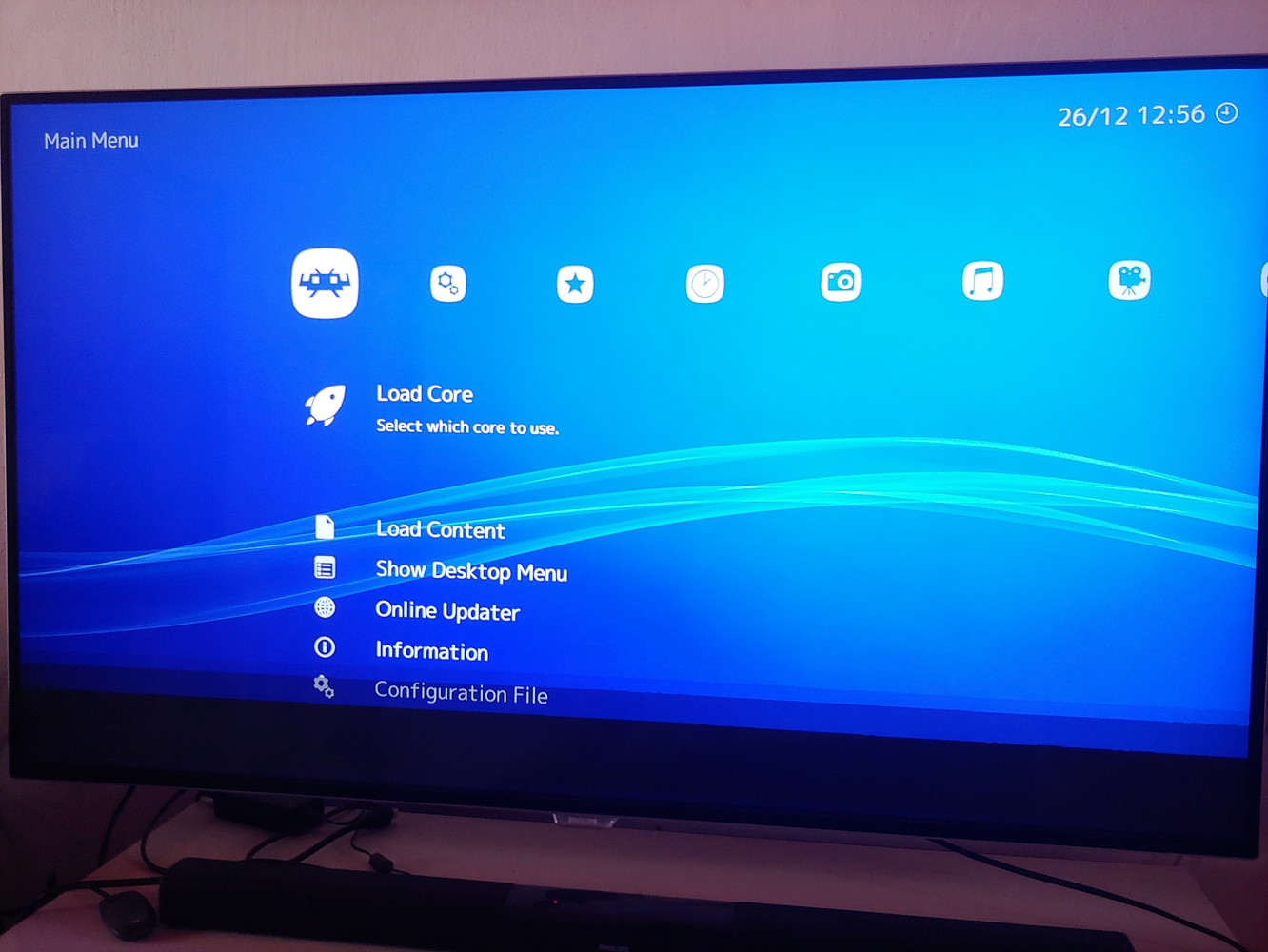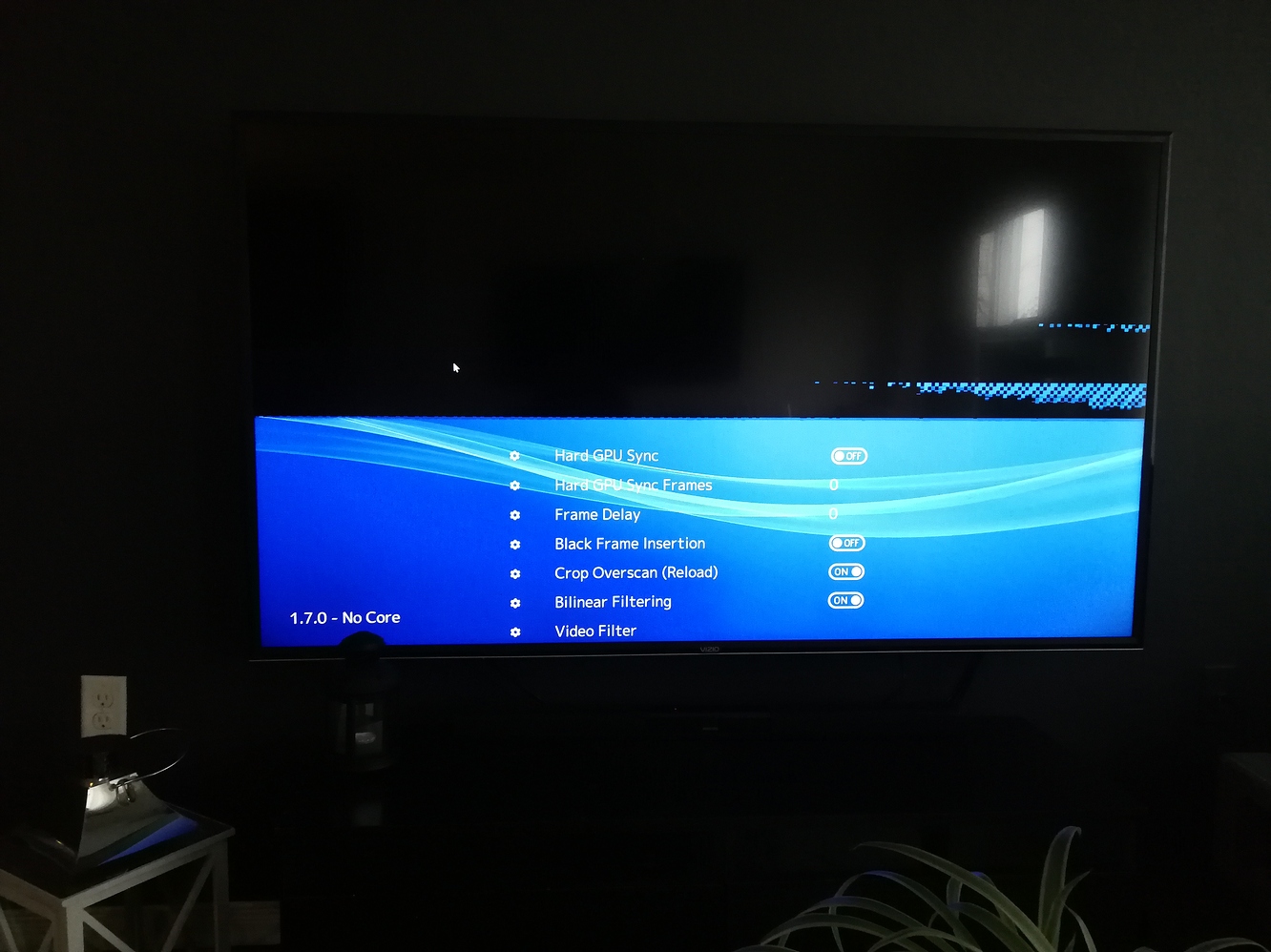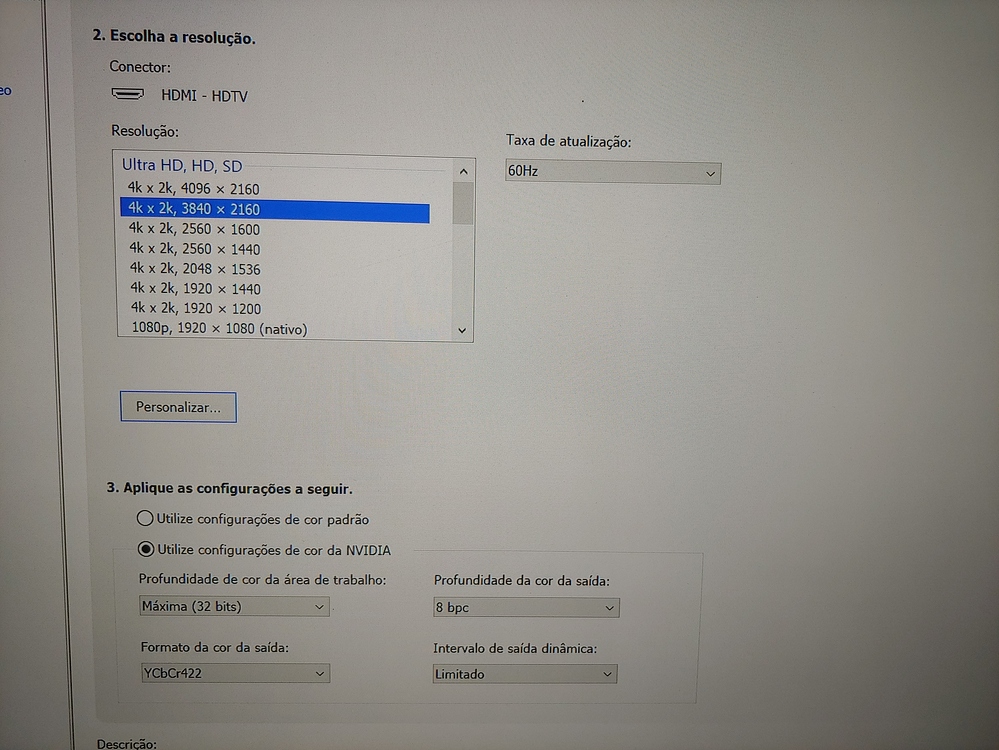

Go back to the Main Menu (Hit A a few times) and on the left hand side menu where ‘Main Menu,’ ‘Settings’, and ‘Favorites’, scroll down to Import Content. RetroArch, by default, should be able to tell the differences in roms and sort them into appropriate ‘playlists.’ Don’t worry, if you have hundreds or thousands of roms as you can also create your own playlists or ‘favorites’ for quick access. Now that you have the cores loaded, it’s time to load them into RetroArch.
SET UP RETROARCH WINDOWS INSTALL
Double click to install and then launch RetroArch when it is done downloading.Ĭhoose Load Core and select your desired core (emulator)

You can find RetroArch by going to Applications > Games or by typing in ‘ RetroArch‘ in the search box.

Click on that icon and it should open the discovery store which will allow us to install software outside of Steam. At the bottom left near the KDE Start Menu, you’ll find a blue shopping bag icon. Hold the power button on your Steam Deck to switch to the Desktop environment.
SET UP RETROARCH WINDOWS HOW TO
For the purposes of this tutorial, I will show you how to setup nes, snes, and segagenesis emulators but the process is the same for any other platform you wish to emulate. Now that you’ve copied over your roms, lets go ahead and get RetroArch going. Installing and Setting up RetroArch via Flatpack The flags -avz ensure that the command archives the files, sends out verbal output so you can monitor the progress, and compresses the files over ssh to limit bandwidth usage.
SET UP RETROARCH WINDOWS FULL
If you’re unsure of the path, you can type ‘pwd’ in the folder to see the full tree. You can transfer the files in Linux using the following commands: sudo rsync -avz –progress /home/user/Downloads/SNES/ rsync -avz –progress /home/user/Downloads/sgenroms/ rsync -avz –progress /home/user/Downloads/Nintendo/ ‘user’ with your user name on your local machine. Using this tree layout will help RetroArch create playlists based on the platform and makes managing your roms much easier. For example, I decided to have mine live on the NVMe partition: Do you use a micro SD card? Do you want them on the NVMe? Create a rom folder and then separate each platform via a folder. You can transfer the roms via rsync but before you begin, I would recommend deciding where these roms are going to live. In my lab environment, I have roms for Nintendo, Super Nintendo, and Sega Genesis. If you’re on Linux, however, you can sync the folders using the rsync command. If you’re main platform is Windows, you can skip the rsync process below and use this tutorial to transfer files via WinSCP. The first thing you’ll want to do is transfer all of your roms over to your Steam Deck. This route will allow us to set everything via OS and create playlists on the fly. The reason you’ll want to do this is for access to non GPL cores that aren’t included in the Steam version and require additional steps. In this tutorial, I’m going to show you how to setup RetroArch using Flatpak instead of Steam.


 0 kommentar(er)
0 kommentar(er)
